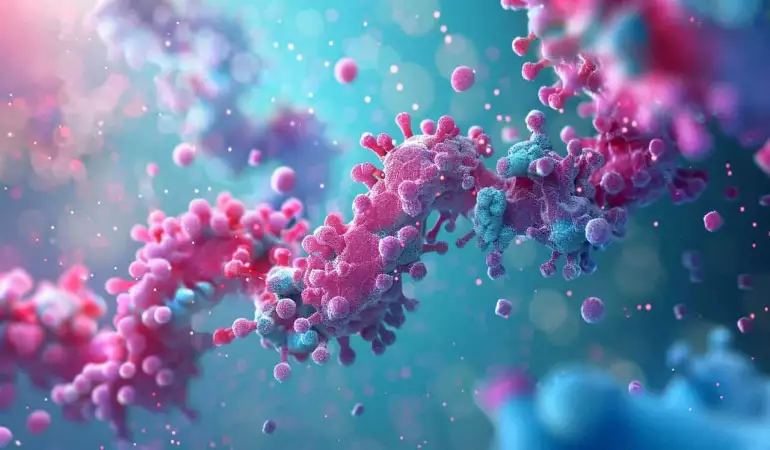Finally: The mystery of bacterial antibiotic resistance accidentally solved
Scientists have finally made significant progress in understanding how to solve the problem of bacterial resistance to antibiotics.
January 23, 2025 19:34
Breakthrough in bacterial resistance research
Bacteria use a variety of defense mechanisms to protect themselves from antibiotics, a growing global public health problem.
One of the main defense mechanisms of bacteria is plasmids – small DNA molecules inside bacterial cells. These plasmids carry their own genetic material and can transmit genes that make bacteria resistant to antibiotics.
Scientists at the John Innes Centre in England and partners conducted the study using a model plasmid called RK2. This plasmid is used worldwide to study clinically important plasmids that confer resistance to antimicrobials.
New regulatory system discovered
The researchers initially focused on a molecule called KorB, which is essential for plasmids to survive in their bacterial hosts. This DNA-binding protein was previously known to play an important role in controlling gene expression, but how it does so was unclear.
Using advanced microscopy and protein crystallography techniques, the research team found that KorB interacts with another molecule called KorA.
This KorB-KorA regulatory system shuts down bacterial gene expression: KorB acts as a sliding clamp for the DNA, and KorA acts as a lock to hold KorB in place. Together, the complex turns off gene expression to keep the plasmid safe in the bacterial host.
Significance of the study
This newly discovered mechanism provides new insights into long-range gene silencing in bacteria.
This is a phenomenon in which regulatory elements such as the KorB-KorA complex can interact with distant target genes, in this case turning them off so that the plasmid can survive in the bacterial host.
“Our study provides a new paradigm for distant gene regulation in bacteria and suggests a target for novel therapeutics that destabilize plasmids in their hosts and restore antibiotic sensitivity,” said study author Thomas McLean.
The study solved a decades-old puzzle of how the critical protein KorB controls when genes are turned on and off in the multidrug-resistant bacterial plasmid RK2.
The study will be expanded to include more clinically relevant plasmids and to further delve into the KorB-KorA mechanism to understand how it is turned off at the right time.




